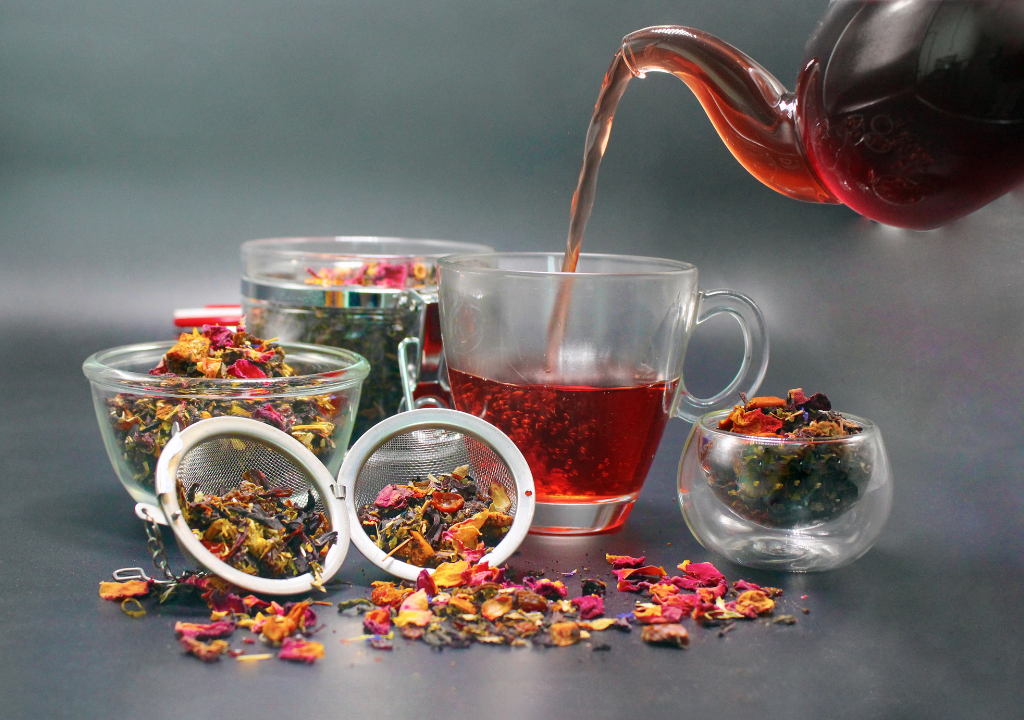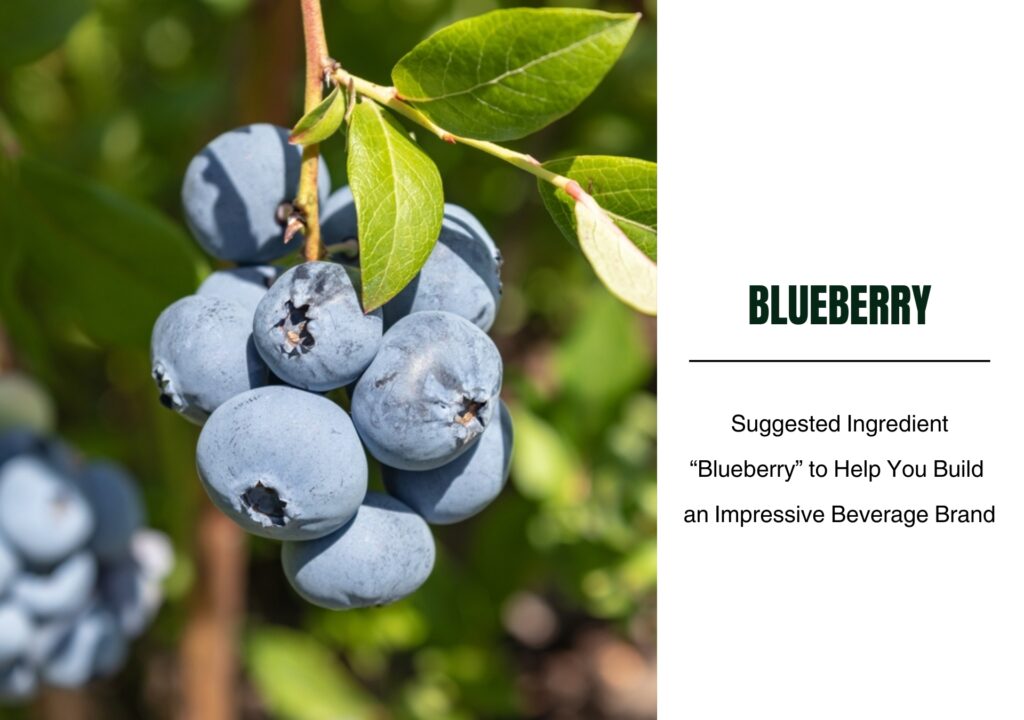Healthy Drinks Reshape China’s Beverage Market

Low-Sugar Tea: A Fast-Rising Star
In 2024, sales of low-sugar tea beverages in China surged by an impressive 41% year-on-year, reflecting the growing demand for functional and healthier alternatives to traditional sugary drinks. According to data from Euromonitor International, these beverages are projected to account for nearly 30% of China’s total bottled tea market by 2029—a remarkable transformation in just a few years.

This momentum has propelled sugar-free RTD tea into one of the strongest-performing categories nationwide. Since 2023, reduced- and zero-sugar variants have helped RTD tea surpass carbonated soft drinks in off-trade volume, making it the second-largest category after bottled water.
A Market Redefined by Health
China's broader soft drinks market is now undergoing a health-driven transformation. Euromonitor's Passport data indicates that both off-trade volume and prices of soft drinks are maintaining mid-single-digit growth in 2024. However, the most significant gains are concentrated in reduced-sugar segments. Within still RTD tea alone, low-sugar products are forecast to post strong double-digit sales volume and value increases.
Euromonitor’s World Market for Soft Drinks 2025 report confirms that health has become a defining force in shaping global and local consumption. In China, this shift extends beyond sugar content, with functional and scenario-specific beverages, especially those supporting hydration and physical activity, experiencing growing traction.
Sports and hydration drinks, often enriched with electrolytes, are particularly benefiting from this trend. As consumers adopt more active lifestyles, such beverages are becoming staples, driving robust double-digit growth.
Innovation Becomes the New Battleground
As traditional sugary drinks lose ground, competition in the soft drinks market is intensifying. Brands are now compelled to innovate in order to differentiate, focusing on functional benefits, better-for-you formulations, and clean-label claims. Low- and no-sugar options, once niche, have become standard offerings, raising the bar for product development.

“Sugar-free and low-sugar have already become homogenised product attributes in the market,” said Harry Han, an analyst at Euromonitor International. “To stand out, manufacturers should consider incorporating deeper health benefits into their offerings; for instance, using traditional Chinese herbal ingredients to target specific wellness needs.”
This approach is already taking root, with beverage companies exploring botanical infusions, functional herbs, and adaptogenic ingredients to appeal to consumers seeking personalised health support.
China’s Expanding Health-Conscious Consumer Base
Underlying this shift is the expanding Chinese middle class and growing awareness of nutrition, sugar intake, and disease prevention. This demographic evolution is helping to sustain long-term growth for domestic, value-oriented beverage brands, many of which are outperforming foreign competitors in 2024 by addressing local preferences with affordable, health-forward offerings.
China also remains a powerhouse in the Asia-Pacific region, the world’s largest soft drinks market, where bottled water continues to dominate. Yet it is in the functional and RTD tea categories that the most dynamic change is underway.
Global Context: Functional Growth, Strategic Shifts
Worldwide, the soft drinks market is projected to reach $1.1 trillion in 2024, with China contributing 691.4 billion yuan (approximately $95.95 billion). From 2019 to 2024, global soft drink sales rose by 21%, a trend fuelled by rising unit prices and increased demand for health-oriented products.
According to Howard Telford, Head of Soft Drinks Research at Euromonitor International, “The global soft drinks industry faces a strategic shift in 2025, with emerging markets driving volume, while mature markets focus on functionality and premium health benefits to sustain growth.”
Digital Innovation and New Retail Models
As health reshapes products, digital innovation is revolutionising how beverages are sold. While e-commerce currently accounts for less than 6% of global soft drink sales by value, it is growing fast in key markets such as China and the United States. Direct-to-consumer platforms, grocery delivery, and mobile-first strategies are changing the game.

Smart vending machines, supported by digital payment systems and urban mobility trends, are also expanding across Southeast Asia. In China alone, vending sales rose 8% year-on-year in 2023. However, the rise of large-format club stores and affordability pressures in convenience stores are challenging traditional small-package strategies.
As packaging preferences shift toward affordability and sustainability, brands must re-evaluate size formats, bundle deals, and environmental impact.
What Comes Next?
As Chinese consumers become more discerning about what they drink, future growth in the soft drinks sector will likely depend on three key factors:
- Product Innovation – Formulations must go beyond sugar reduction to include functional health benefits, traditional herbal ingredients, and mood-specific functionality.
- Omnichannel Strategy – Stronger performance in digital retail, including direct-to-consumer sales and smart vending, will be critical for success.
- Affordability and Customisation – With rising price sensitivity, especially among young and middle-income consumers, flexible pricing and wellness segmentation will help brands remain relevant.
In short, the Chinese beverage market is undergoing a fundamental reset. The next phase of competition will not be won with sweetness, but with smarts—where health, innovation, and digital agility lead the way.
Source: Chinanews

